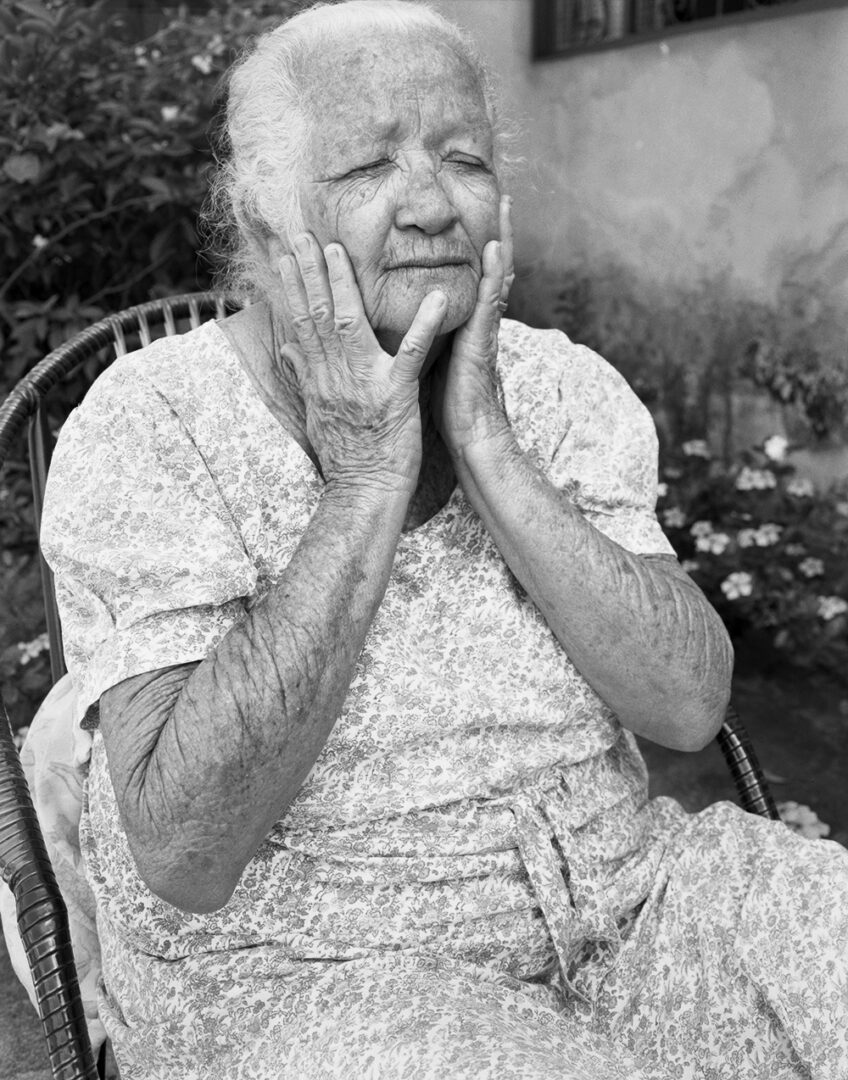
I went to Cristalândia because I had no reason to go. I’m a Brazilian who's never lived in Brazil, neither foreigner nor native, and I needed to know why I felt Brazilian in the US but American in Brazil. I needed to know if I belonged there.
In Cristalândia, I knew no one and could build relationships from scratch. The bulky, collaborative nature of the view camera forced me to slow down, to look carefully, to ask questions and to make pictures with people, not of them.
These pictures describe the shared human experience of Cristalândia, not a point on a map but a place – an accumulation of bonds with land and people. These bonds connect us more deeply to each other than labels of race, creed and nation. They describe belonging, even if just momentarily.
Cristalândia is a mining town whose mining no longer sustains it. Shared human experience, not economic opportunity, holds the town together. Only in a rural, tropical community is the climate warm enough to blur the line between inside and outside; between private and public; between the end of life and the beginning. In this place, our humanness is outwardly visible where the camera can see it. This is especially pertinent in a mining town whose daily business is to commune with the soil, reminding us that we have never really left the earth. In this place, we belong.